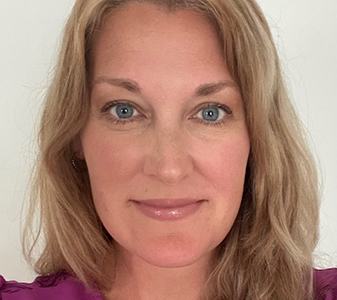Executive Career Coaching, Leadership Coaching, Management Coaching
ACHIEVE YOUR PEAK POTENTIAL
Kashbox Coaching empowers leaders to achieve extraordinary results. We provide personalized management and executive coaching programs designed to elevate your career, leadership style, and team performance using the four quadrants of leadership: Knowledge, Attitude, Skills, Habits (K-A-S-H).
K
Knowledge
A
Attitude
S
Skills
H
Habits

Hannah Kay Herdlinger
President, Kashbox Coaching
Empower your team to reach their full potential
Kashbox Coaching offers personalized programs to help you unlock your team’s potential, foster a collaborative environment, and aid leaders in achieving their success goals.
Kashbox coaches specialize in corporate coaching, executive coaching, leader coaching, and coaching skills for managers in several industries and sectors.
When the leadership and management teams master constructive feedback and empower employees to shine, it leads a successful and thriving organization.
Globally Filling Organizations with more-effective leaders
- Confidential One-to-One Relationship
- Identify What Skill Sets & Targets Growth Areas
- Greater Clarity & Enhanced Creativity
- Greater Effectiveness and Better Performance

1,000+ Leaders in 12+ Industries
25+ Years Developing Leaders Worldwide
COACH NOTES

Coach Notes by David Herdlinger
Creator of the Kashbox
Founded with a purpose
David Herdlinger founded Kashbox Coaching to help people discover and develop their potential. We believe knowledge, by itself, doesn’t make a person powerful, but knowing how to apply knowledge is key to almost unlimited success.
- We Believe In People Like You
- We Help You Realize Your Potential
- We Focus On You
- You Reap The Rewards!
KASHBOX EXPLAINED
Choose Your Kashbox Program

Corporate Coaching
Turning potential into performance! Corporate coaching positions leaders to design and implement a potent plan for the development of their team, organization, and their leadership capabilities.

Individual Coaching
Having a coach is much like having a private instructor, but it really means much more... Dig deep and realize more of your full potential than you ever thought possible

Coaching Institute
Coaches come in all “shapes and sizes.” There’s no ideal profile. If it is your desire to become a coach and are an expert in any field, you have come to the right place! Let's embark on a rewarding journey today!
10.5 Reasons Even Top-Notch Executives Fail
KASHBOX Coaching guides you on the actions you should take to increase the probability of your personal and organizational success.
Absence Of A Clear Strategic Direction
Have a clear and current vision statement that defines the strategic direction for your Company (division, or department).
Failure To Create A Sense Of Ownership
As a responsible executive, you are the captain of your ship. Whether your ship is a department, a division, or the entire company, one of your primary responsibilities is to ensure that the vision is clear.
Absence Of A Comprehensive Goals Program
Create a comprehensive goals program in which every employee participates.
Failure To Align The Goals To The Strategic Direction
Ensure that all goals in your organization are aligned from top to bottom in a manner that can be both tracked and measured.
Using An Inadequate Definition Of Leadership
Have a clear and current vision statement that defines the strategic direction for your Company (division, or department).
Inability Or Unwillingness To Hear Bad News, Especially About Oneself
Invite and listen to the “undiscussables,” and avoid shooting the messenger
Failure To Develop And Use Measurements
Implement a system of metrics that tracks and measures the behaviors related to every goal—both soft and hard—from start to finish.
Failure To Hire Or Retain The Right People
Implement an assessment process designed to uncover the deeper issues that guarantee success of the people who surround you, especially relating to compatibility of values.
Failure To Facilitate Two-Way Communication
Implement processes that ensure communication flows two ways in your organization, not just occasionally, but as continuously and rhythmically as blood flows through the human body.
Failure To Empower Others
Learn to trust your direct reports sufficiently to delegate work assignments, and then get out of their way so they can accomplish their tasks without fear of being diminished through micro-management.
Unwillingness To Ask For Help
Get comfortable with the notion that you don’t need to know all the answers, you only need to know when and where to ask for help. And then, ask!
K
Knowledge
A
Attitude
S
Skills
H
Habits
Swap Burning Out For a Fire Within
Meet Our Kashbox Coaches With The Mostest
Results Speak Louder Than Words
Take a look at some of our client testimonials to read excerpts from actual letters and emails we have received from some of our clients – who’ve given their permission to post their comments.
Michael & Cheryl Ignatz, Principals
Dr. Elliott Foss, Executive Director
Joel A. Meyer, General Manager
Ralph W. Kirk, President/CEO
Coach Notes To Your Inbox
2x per month About Important Leadership Topics










